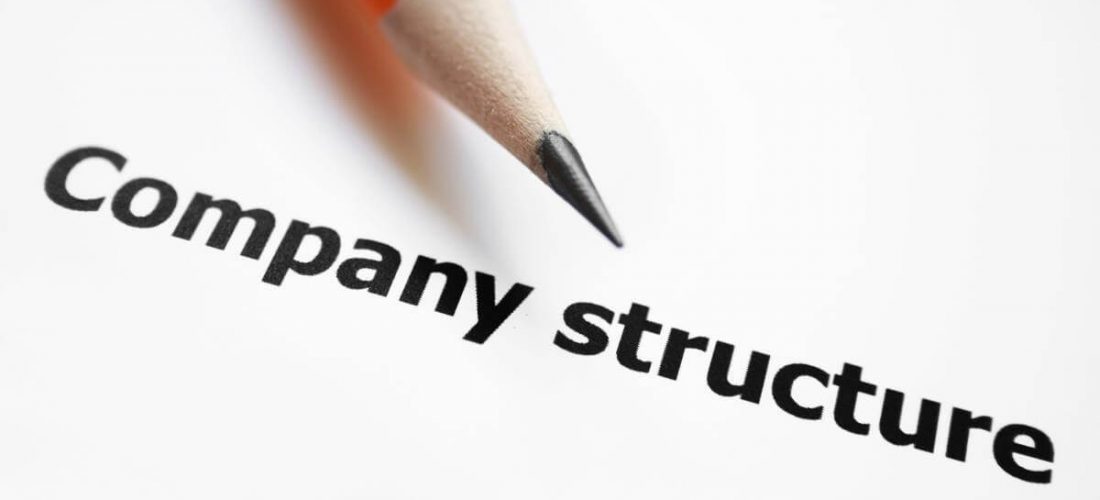Your Rights to Redundancy If Company Goes Bust: UK Employee Protections
Your Rights to Redundancy If Company Goes Bust: UK Employee Protections
Blog Article
Checking Out the Operational Dynamics of Business Redundancy and Its Long-Term Sustainability

Redundancy Methods for Organization Connection
In order to make sure nonstop procedures, services need to carry out efficient redundancy approaches for service connection. Redundancy in this context describes the replication of important parts or functions within a system to reduce the influence of potential failures. By incorporating redundancy methods, companies can improve their durability against disturbances brought on by various factors such as natural disasters, equipment failings, or cyber-attacks.
One typical redundancy strategy is the application of back-up systems and data storage remedies. This involves producing matches of essential information and systems that can be turned on in instance of a primary system failing. Furthermore, companies can develop redundant interaction networks and power sources to preserve connection and operations throughout unforeseen events.
In addition, cross-training staff members to do multiple roles within the firm can work as an important redundancy technique. If essential personnel are not available due to health problem or various other reasons, this guarantees that necessary tasks can still be carried out also. On the whole, effective redundancy methods are vital for companies to support functional connection and decrease the impact of possible disruptions.
Impact of Redundancy on Business Resilience
Offered the critical function redundancy methods play in ensuring company continuity, discovering the impact of redundancy on business durability becomes imperative for recognizing the holistic functional dynamics of a company. Business durability describes an entity's capability to adjust to disruptions, recoup from setbacks, and change when essential while maintaining core features. Redundancy, when strategically applied, can dramatically add to enhancing a company's resilience despite unforeseen difficulties. By having back-up systems, personnel, or processes in position, business can much better hold up against shocks and continue procedures with marginal disturbance.
Furthermore, redundancy can promote advancement and imagination within a company as staff members really feel equipped to take computed risks, knowing that there is a safety net to sustain them in instance of failure. Generally, the effect of redundancy on business durability is extensive, shaping the lasting sustainability and success of a company.
Stabilizing Efficiency and Flexibility in Redundancy
Achieving an unified balance between operational performance and flexible flexibility is a pivotal obstacle in these details the critical deployment of redundancy within companies. As well much adaptability without a solid operational foundation can result in inadequacies and variance.
To balance performance and flexibility in redundancy planning, organizations must carefully examine their functional needs, market characteristics, and critical goals. Ultimately, locating the ideal balance in between efficiency and adaptability is essential for constructing a resilient and lasting company in the face of unpredictability.
Long-Term Sustainability With Redundancy Preparation
To ensure long-lasting stability and stability, companies must purposefully straighten their redundancy preparation with long-lasting sustainability goals, therefore integrating operational effectiveness with flexible pop over here adaptability. Firms ought to see redundancy not as a responsive service to instant troubles however as a positive method for long-lasting success.

Aggressive Actions for Sustainable Business Procedures
Exactly how can business proactively improve their operational sustainability for long-term success? Carrying out positive procedures is necessary for companies intending to ensure sustainable operations.
Additionally, fostering a culture of continual improvement and learning within the organization can improve flexibility to altering market conditions and customer demands. Urging staff member involvement in decision-making processes and navigate to this site supplying possibilities for specialist development can enhance morale, performance, and general performance. Establishing clear goals, checking crucial performance indications, and routinely assessing development are essential parts of proactive sustainability management.
Teaming up with providers, consumers, and other stakeholders to promote sustainable methods throughout the supply chain can produce a surge impact of positive influence - redundancy pay if company goes bust. By taking proactive actions in the direction of functional sustainability, business can build durability, drive advancement, and safeguard their lasting success in an ever-evolving service landscape
Verdict

In the world of business administration, the tactical deployment of company redundancy stands as an essential yet detailed practice that requires a fragile balance between functional efficiency and long-term feasibility. By studying the functional characteristics that underpin company redundancy and evaluating its more comprehensive ramifications for business durability and flexibility, a nuanced understanding of exactly how redundancy techniques can form the future trajectory of a firm starts to unravel.Given the critical role redundancy techniques play in making sure service continuity, exploring the influence of redundancy on organizational durability becomes imperative for recognizing the holistic functional dynamics of a business. Overall, the influence of redundancy on business resilience is extensive, shaping the long-lasting sustainability and success of a business.
In conclusion, understanding the functional dynamics of company redundancy is critical for making sure long-lasting sustainability.
Report this page